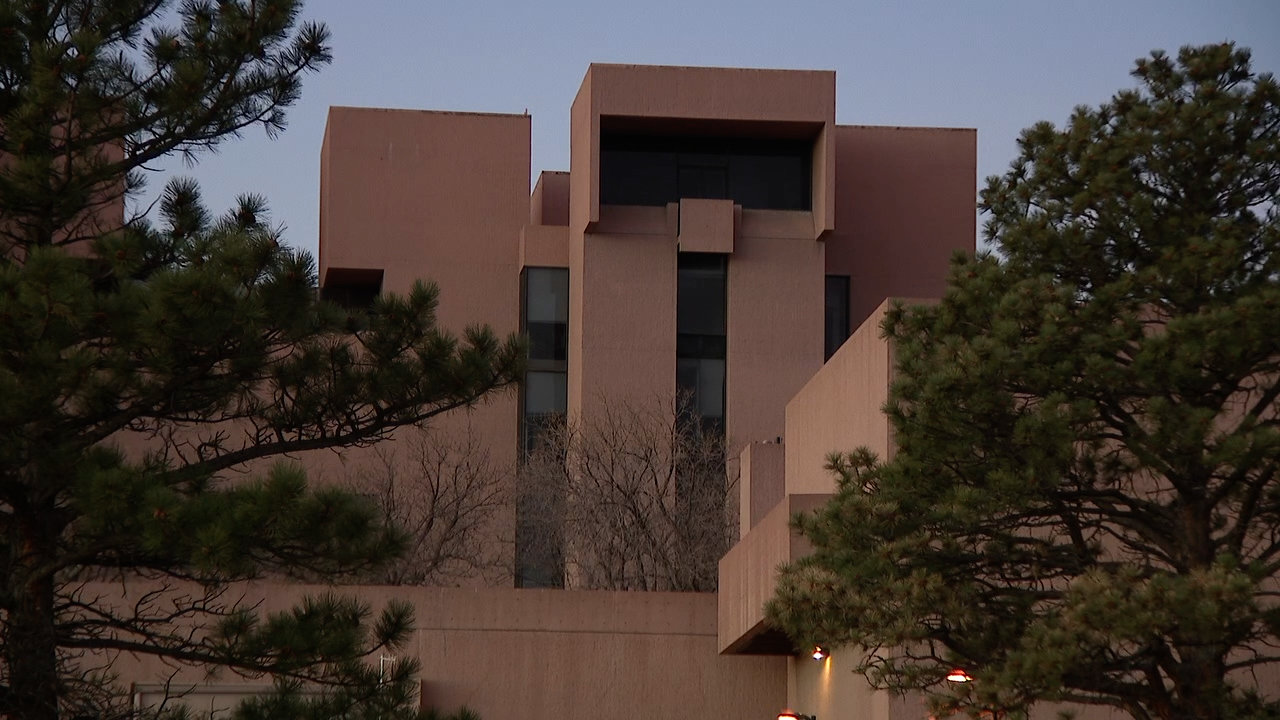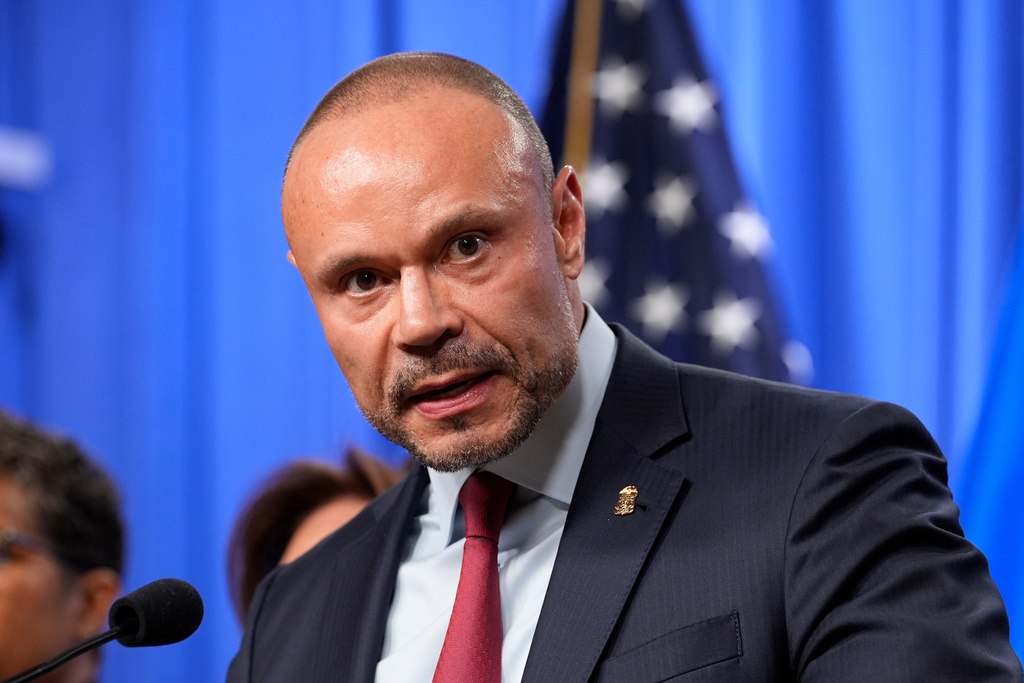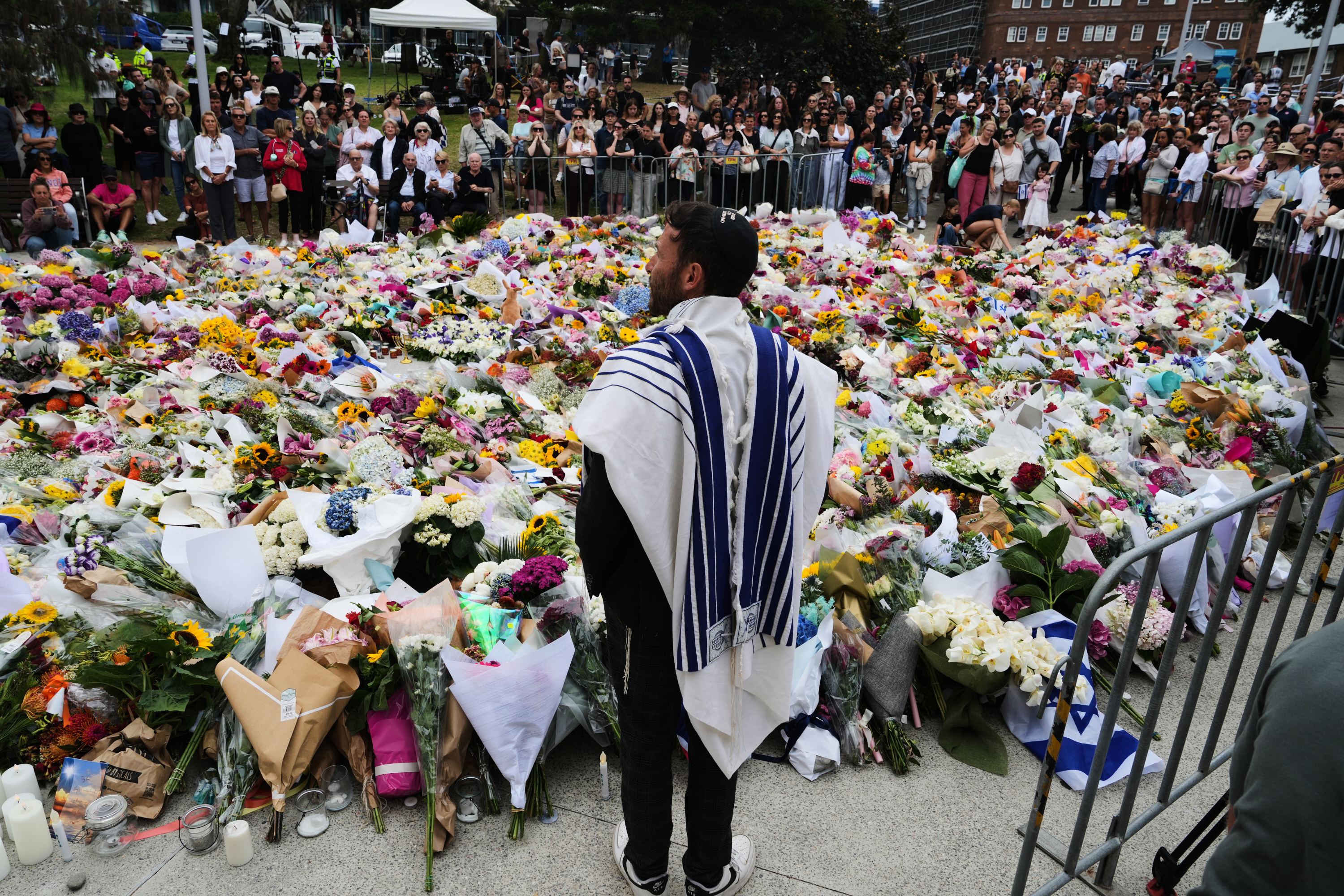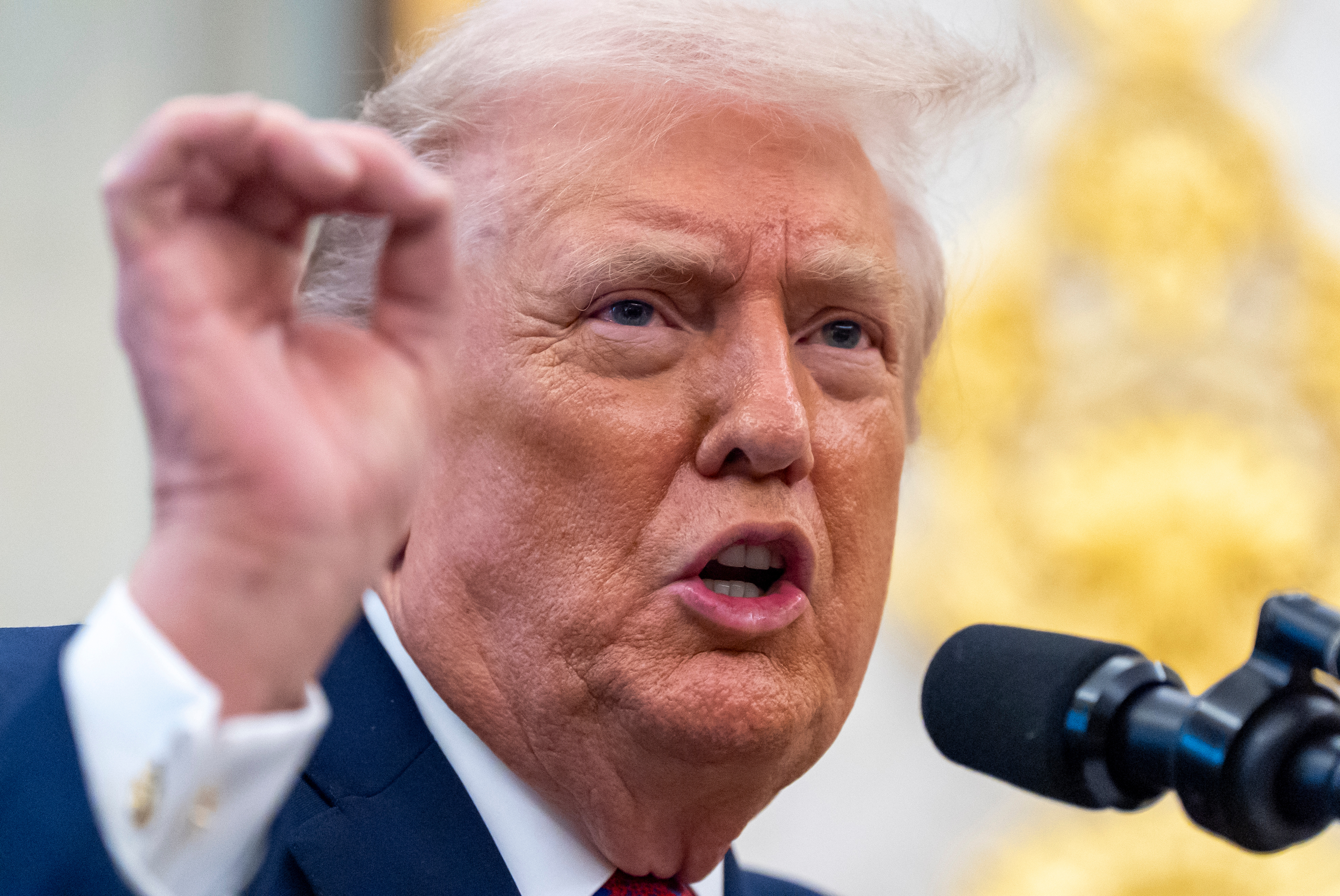This year's Beijing Marathon has fallen prey to some particularly bad timing — marathon runners will take the streets Sunday amid some especially thick smog.
The South China Morning Post reports race officials are still planning to hold the marathon despite hazardous smog conditions but said they would issue health guidelines before the race begins. Twenty-six thousand participants, professional and amateur alike, are estimated to be running the race.
But they'll have to fight through what the city's Air Quality Index has reported will be "hazardous" levels of air pollution. Levels were hovering around 440 on the day before the marathon — also in the "hazardous" index. For reference — good air quality is between zero and 50.
That high level of air pollution contains over twenty times the amount of small particulate matter recommended by the World Health Organization. Anything over 300 triggers the most severe level of air pollution warning — outdoor activities and strenuous activity are discouraged, to say the least. (Video via CCTV)
So running through 26 miles of polluted pea soup doesn't sound like a good idea. Inhaled particulate matter can damage the lungs and circulatory system — and runners breathing at a much faster rate than normal are at a particular risk.
Still, that might not deter China's running community, which The Atlantic noted in January has been steadily growing alongside pollution rates.
Last year, one runner told China's state-controlled outlet Xinhua "I am concerned about air quality ... but the air won't get better just because I don't go running. Running makes me feel better and happier."
Beijing officials have announced some measures to curb air pollution in the city in advance of the Asia-Pacific Economic Summit which takes place in the city next month. Those measures include extended holidays and limiting the days drivers can use their cars.











